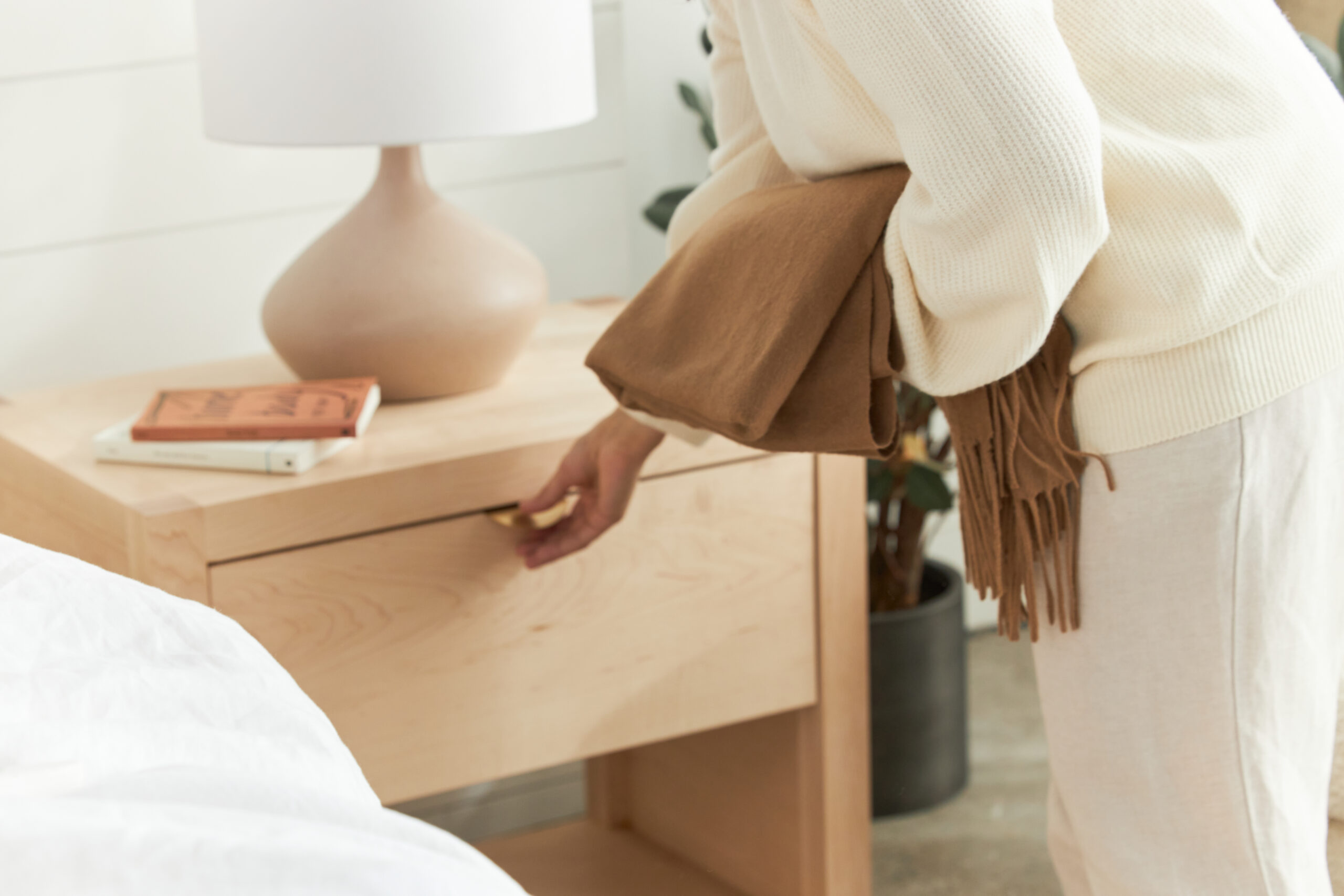Get your napping routine down to a science with these five tips for the ultimate power nap.
I never truly appreciated naps until I became a parent of two young children. Now, I will gladly take any sleep I can get, even if it is just a quick snooze on the floor next to the crib.
Whether you are a sleep-deprived parent, a busy bee who is always on the go, or an athlete training for a race, a power nap can boost your energy and improve your performance. All you need is a quiet corner and less than half an hour. (Of course, this is easier said than done.)
In addition to combating sleepiness, power naps yield many benefits. In a NASA study, pilots who napped for 26 minutes showed improved alertness of up to 54 percent and job-performance improvements by 34 percent. This refuelling strategy is not just popular with NASA astronauts but professional athletes, too. The eight-time Olympic gold medallist Usain Bolt is known for taking pre-race naps to increase alertness, reaction time, and performance. Even if you’re not a professional, a short and sweet snooze can improve your cognitive functions, including memory, mood, and concentration.
To reap the benefits of a midday lie-down, pay attention to the duration. An ideal power nap ranges from 10 to 20 minutes and no longer than 30 minutes. The reason is this: once you pass the half-hour mark, you begin to enter deep sleep, which increases sleep inertia — the feeling of drowsiness and momentary cognitive impairment — upon waking. So, especially when dozing off, resist the urge to hit the snooze button to ensure you emerge from sleep reinvigorated.
While napping doesn’t work for everyone, when executed well, a daily rest can recharge your body and mind and help you stay on top of your game throughout the day. Here are five tips for how you can power nap like a pro.

Read more: How to Use Melatonin For Sleep
In a culture where productivity is often prioritized over personal well-being, it’s important to recognize your needs and maintain a good work-life balance. Taking a pause is a way to invest in yourself and increase your overall performance. Plus, it’s an important form of self-care. Allow yourself some time to refuel — after all you just need 30 minutes — and focus on relaxing so you can get a quality nap in. And don’t stress about your list of errands — they’ll be there when you wake up.
It can be tricky to turn off your brain and unplug in the middle of a hectic day, but creating a relaxing sleep environment is essential to restorative slumber. To prepare for your nap, put away any laptops and phones, and silence notifications. No checking emails and messages while you are trying to drift off to sleep, either. Eliminating distractions including electronics, light, and noise will help you fall asleep faster. If you’re at work, leave your workspace and find a quiet, dark nap spot, like an unoccupied corner office, an unused meeting room, or in your car in the parkade.

Read more: How Screen Time Affects Sleep
When planning for some midday shut-eye, timing matters. Many sleep experts recommend napping early during the day and no later than 2 pm to avoid interfering with nighttime sleep. This also coincides with the afternoon slump that many people experience. The dip in energy is controlled by our circadian rhythm, so naps are essentially the natural pick-me-ups that our body craves throughout the day.
Much like other daily tasks, if it’s not in your calendar, it likely won’t happen. At the beginning of each week, take a few minutes to block out rest time in your schedule. The reminder ensures you get a much-needed break from your busy day and will (hopefully) prevent others from contacting you while you doze off. And keep naps around 20 minutes — and no more than 25 minutes — for maximum effect. Just be sure to set an alarm to avoid oversleeping so you don’t end up feeling groggier than you started.
According to sleep specialist Dr. Deidre Conroy, power naps are more effective than caffeine. But when you combine the two, you get an extra boost of energy. Caffeine naps were found to be more effective at enhancing cognitive and mental performance, problem solving, and mental acuity than napping alone. All you need to do is drink a 12-ounce cup of coffee or two shots of espresso quickly, set your alarm for 20 minutes and hit the sack right away. Caffeine takes about 20 minutes to kick in, so when you wake up, you will feel extra refreshed and ready to tackle whatever comes your way.

Read more: The 7 Essential Types of Rest
Have feedback on our story? Email [email protected] to let us know what you think!

Shop Pillows
The Essential Organic Pillow Collection
Gentle, breathable, non-toxic support.







